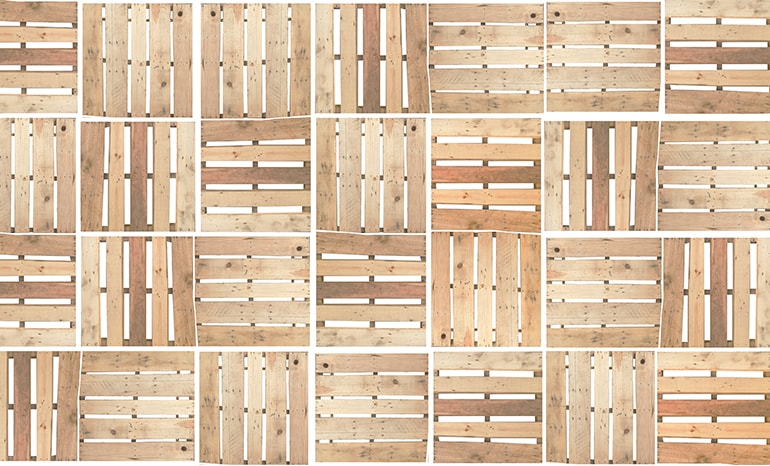The Four Ps of Pallet Selection
Hundreds of different pallet sizes are used around the world. While there is no one standard-sized pallet that fits all...
Hundreds of different pallet sizes are used around the world. While there is no one standard-sized pallet that fits all...

Hundreds of different pallet sizes are used around the world. While there is no one standard-sized pallet that fits all applications, two pallet designs are widely used in the United States. The block style has blocks (rectangular, square, multi-sided, or cylindrical deck spacer) between the pallet decks or beneath the top deck and is suitable for a wide range of handling environments due to its open access on all four sides. The stringer style has stringers (parallel pieces of timber used to support and space the deck components) between the deckboards or beneath the panel deck. Stringer pallets cost less than block, but they are not as strong. Also, stringer pallets only allow partial 4-way access if the stringers are notched; otherwise, two-way access is available at either end.
So, which one is right for your job? To specify the proper pallet, consider the “four Ps” of Pallet Selection: Product, Payload, Performance, and Purpose.
Of course, answers to these questions will vary for every organization. Start the discussion with your preferred pallet specialist; contact Rose Pallet today!
 Nov 14, 2018
Nov 14, 2018
Over the past several months, I have been spending a lot of time with pallet buyers. Most of these conversations...
continue reading double_arrow Apr 15, 2020
Apr 15, 2020
As another Earth Day approaches, we have a hot topic for your consideration—pallet recycling. Does it pay off from a financial standpoint? Are you getting paid accurately for your pallets? And, who is helping you? The answers may cause you to re-think your current program.
continue reading double_arrow






